The journey would have appeared to being in 2010 with the 645D, however that was just the beginning and since then Ricoh have released what they have label as the ‘game changer’.
The new Pentax 645Z has arrived! Quite a few have been overheard saying that you have to look pretty hard to find something wrong with this Medium Format camera.
The first thing that you may have noticed from the image to the right is that it looks almost identical to the 645D; the 645D came out 4 years before. However, please note that it is only the looks that have not changed.
So, what’s it like under the hood?
Where do we start?
There is a brand new 43.8 x 32.8mm 51.4MP CMOS sensor that can handle live view, record 1080p video and crank the ISO up to 206,800.
Something we found fascinating, mainly because of what environments Ion has been in taking his shots, is the 76 weather seals that make this cold-resistant, rustproof and weather-resistant.
Going back to the shooting side, it has a 3.2-inch 1.037M-dot tiltable LCD, 10-frame raw buffer, SAFOX 11 phase-matching AF module with 27 sensor points; included in that figure are the 25 cross-type sensors.
How does the price compare?
The price for the 645Z makes this medium format seem conventional. The price is lower than that of any ‘look-a-likey’ and it is a credible rival to high-resolution DSLRs such as Nikon’s D3X or D800E.
Lets take a look
From above – Few differences between the Pentax 645Z and the earlier 645D. There are 3 new User modes; easy to access multiple settings groups that you’ve configured ahead of time. There has been changes on the left side with the buttons: SD buttons replaced by AF Area and Lock buttons, and the order changed to move the Bracketing Mode button forwards. There’s also a new stereo microphone whose two ports straddle the sides of the viewfinder prism housing, and a two-hole speaker a little further back on the right side of the housing.
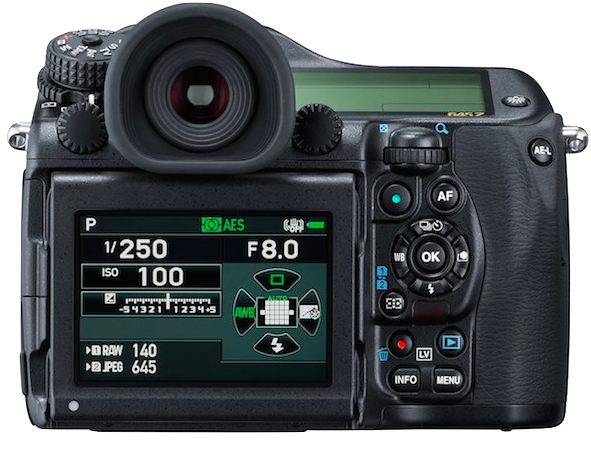 The rear – this is where the majority of the changes have taken place; the changes have largely been made so as to accommodate the new LCD monitor. As you can see, the functions are all fairly self-explanatory and if you did not see the 645D, take it from us, this is better.
The rear – this is where the majority of the changes have taken place; the changes have largely been made so as to accommodate the new LCD monitor. As you can see, the functions are all fairly self-explanatory and if you did not see the 645D, take it from us, this is better.
Taking a look at the left side of the Pentax 645Z, we can see that the standard-definition composite video output has been removed, and in its place is a new 3.5mm stereo microphone jack. The remaining ports under the same rubber flap are much the same, although the USB port is now a USB 3.0 SuperSpeed type, and the arrangement of the ports has changed. There are also still two Secure Digital card slots under the door that sits above the connectivity compartment, and these are now UHS-I card compatible.
A unique change for 645Z is its articulated LCD monitor. This tilted screen may intrigue you if you, like others, are used to the side mounted tilt/swivel design. This is a good design and it is more versatile than a fixed-position screen. It is actually really impressive to see Ricoh adding articulation to a camera thats weatherproof, dustproof and freezeproof. We don’t currently have any figures for tilt range, but do know that the screen allows for framing low to the ground, waist-level shooting, or shooting over a crowd.
Looking at the right side of the camera body – previously the wired remote control terminal was found under a flap on the rear of the body; now it sits nicely in the handgrip. Is this a good move? Well, put bluntly, if you are going to use a remote, you will not be needing the hand grip.
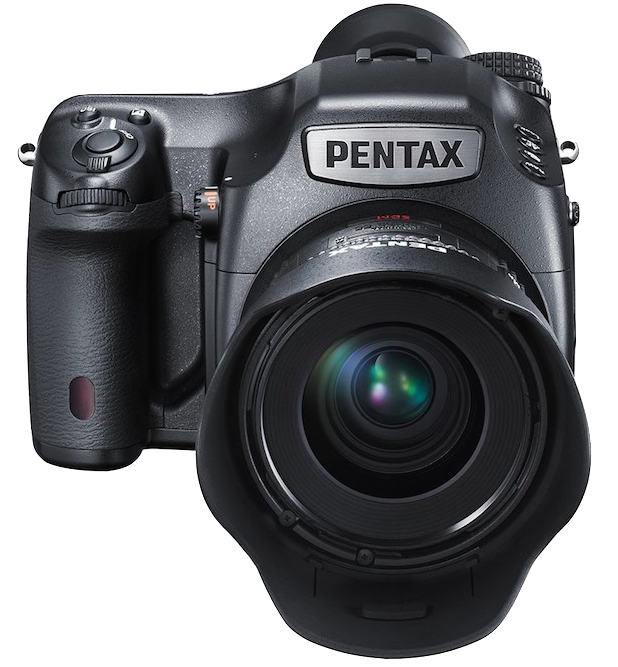 Please feel free to share your thoughts and feedback on this article with us on our Facebook page by clicking here.
Please feel free to share your thoughts and feedback on this article with us on our Facebook page by clicking here.

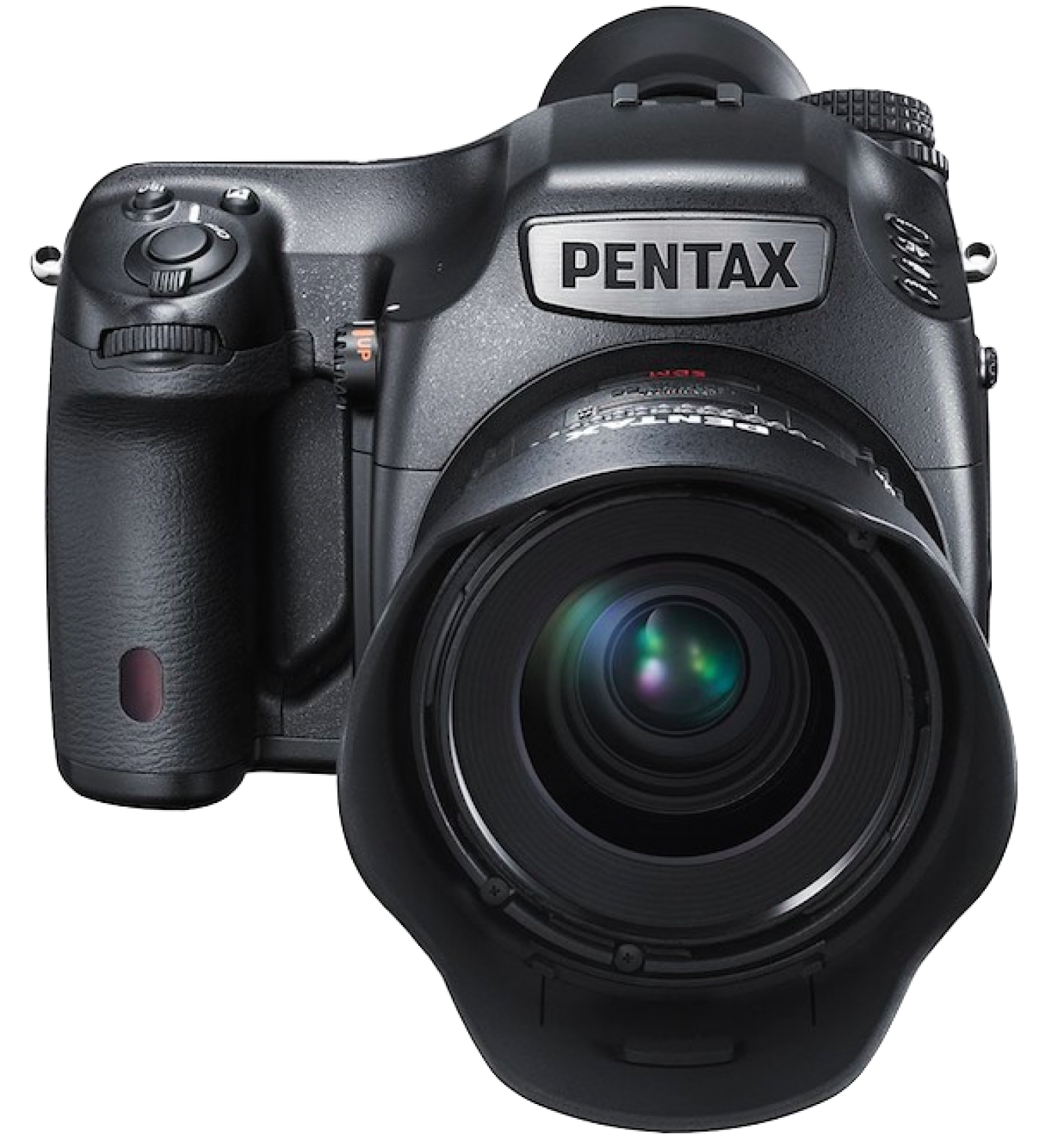

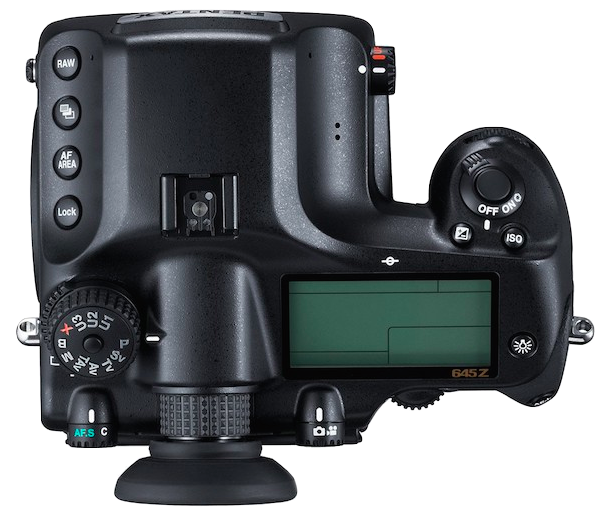
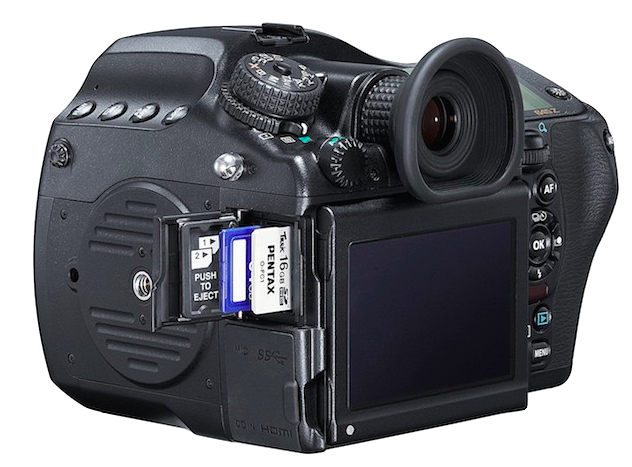
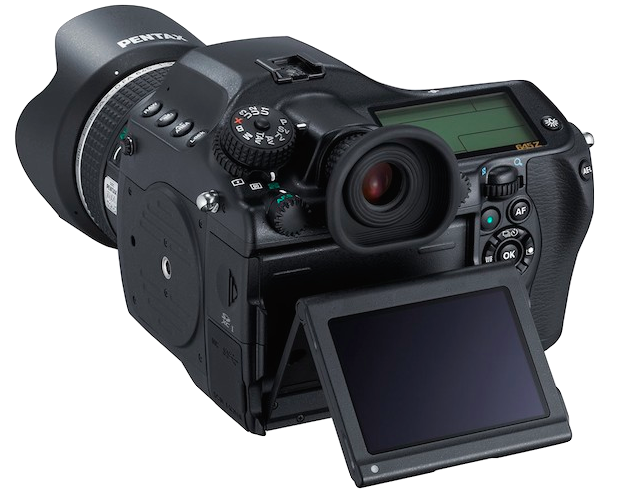
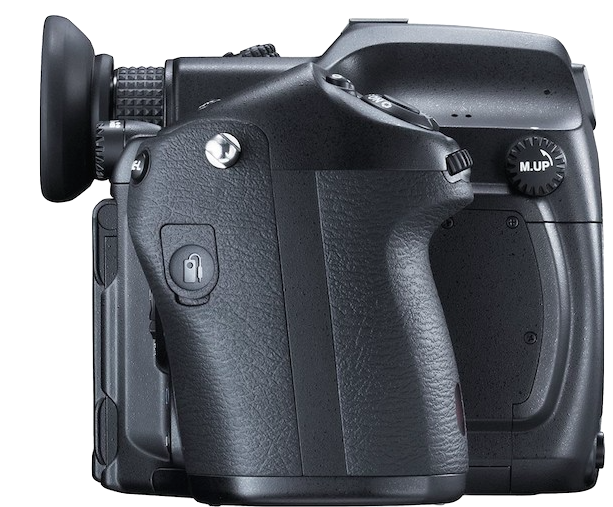


Leave A Comment